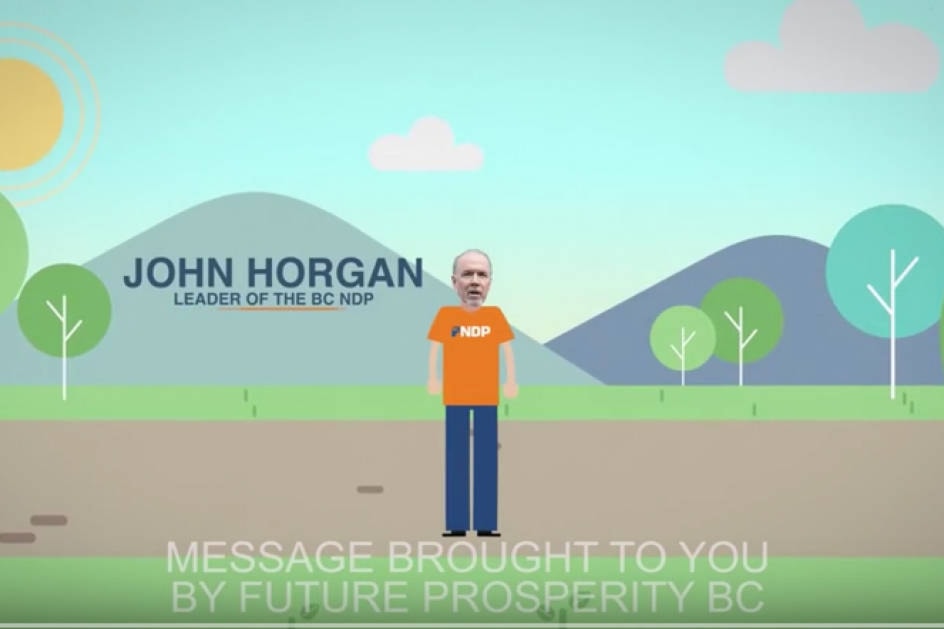The deadline for parties to put forward and have their candidates approved was Friday.
Let the games begin.
Over the next few weeks the electorate will be bombarded with loads of information from each party, mainly filled with reasons why you shouldn’t vote for the other guy — but what about why you should vote for them?
This is something that has become somewhat the norm, using negative information to worsen the public image of an opponent. The strategy has both advantages and disadvantages.
The Federal Conservative’s advertisements pinning Justin Trudeau as too young and “Just not ready” for office backfired when he and the Liberals won a majority government in 2015 — not to mention, the Conservative’s former leader, Andrew Scheer, is seven years younger.
It worked in both Ontario and Alberta, however. Both provinces’ left-leaning governments were replaced by their conservative counterparts in recent elections, arguably partly due to much of the negative campaigning done by the Ontario PC Party and the newly created Alberta UCP.
Negative campaigning isn’t a bad thing, though. There are mistakes and just bad decisions that reigning governments have made that require attention, and the best time to bring them up is when you have the eyes and ears of the electorate.
But, buyer beware.
The constant messaging by political parties can muddy up the airwaves with negativity so much so that we realize we don’t even know what our parties stand for.
One week after the snap election was called, editor’s inboxes filled (and continue to fill) with communications from both the BC Liberals and the BC NDP parties, telling me what the other party has done, plans to do or hasn’t done, and why that’s bad.
That’s great. But what are you going to do? How will you continue to carry us through the pandemic? What about the opioid crisis? Unemployment? Inequality? The Site C Dam project? The pipeline? Our schools and teachers?
The list goes on.
As you read stories, watch advertisements on TV, or listen to interviews on the radio, ask yourself: Why should I vote for this person/party?
After all, our vote is for someone who we feel will best represent us in the legislature — they work for us, not the other way around.
It’s easy to get caught up the excitement and the mudslinging but party platforms will start to roll out soon.
Unfortunately, Canadians have been known to kick out governments, not elect new ones. This comes with consequences and snap decisions that may be quickly regretted.
A maybe not-so-popular (or maybe extremely popular, depending on who you talk to) cartoon, South Park, poked fun at America’s snap-decision voting in 2016, using Canada to highlight the similarities.
“He didn’t really offer any solutions, he just said outrageous things — we thought it was funny. Nobody really thought he’d ever be president. It was a joke! But we just let the joke go on for too long,” said the Canadian about the country’s new leader.
“He kept gaining momentum and by the time we were all ready to say, ‘Okay, let’s get serious now, who should really be president,’ he was already being sworn into office. We weren’t paying attention!”
